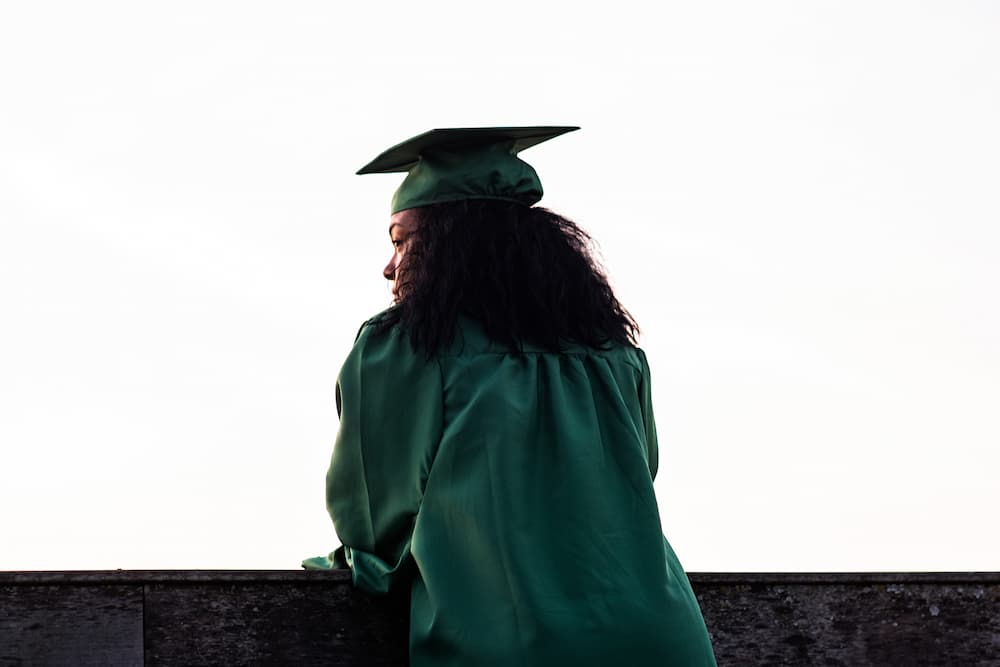In many ways, women’s education rights are not a very old concept. Despite universities existing for centuries, few women have access to them. The fight for equal rights in education has been a long one. And in some countries, it is far from over even today.
Women’s education rights history is filled with the lack of any schools for girls whatsoever, inferior standards, stereotypes of intellectual inferiority, different curriculum focusing on gender roles, and beliefs that women’s role is to be a mother and a wife rather than scholar.
Nowadays, the number of women in colleges in the USA is larger than men in all levels – from BA to PhD. Education is also more accessible because of technology, with many online college programs, courses, or digital informational resources likeStudyfy to help. It is easy to take it all for granted and think that it has always been that way. But it is important to remember how it all began.

Ancient Times
In ancient times, only some women could study. It depended on the region and their family status. For example, ancient Rome allowed upper-class women access to studies besides the elementary level. Girls and boys studied in primary schools (Ludus) together and had the same curriculum. But it was mostly available for middle-class families alone.
As for Greece, Sparta was the only province that allowed basic education for both boys and girls. They studied the same subjects and could interact in schools. The Platonic Academies sometimes made exceptions and allowed a woman in, for example, Lastheneia and Hypatia studied there.
A better picture of women’s education rights took place in India. Girls here were not constrained to pursue basic studies in the majority of cases. Society viewed it as normal and some even became scholars.
Medieval Period
At that age, women’s education rights were down to religious pursuit. Women could almost exclusively study in a convent. All curriculums were heavily influenced by religion, studying religious texts, and Latin.
However, there were some schools for girls for noble females that didn’t have to become nuns to attend. The studies revolved around grammar, poetry, and languages. Some could get trained in music or art, but it was rare.
Emperor Charlemagne’s wife and daughters studied liberal arts in the Palace Academy of Aachen. It was possible due to their high noble status of course. In the latter period, some girls from average households could receive some training at home or be taught by priests or clerks.
Bettisia Gozzadini was the first woman to ever graduate from university (1237, University of Bologna). Later, she also taught there and was the first female university teacher.
But major changes took place only during the Reformation (16th century). During this time, the idea of compulsory school education for both boys and girls gained popularity. The first territory to implement that was Strasbourg in 1592.
The first woman to ever get a university degree was Juliana Morell. She became the Doctor of Laws in 1608. She had to defend her thesis in front of the Pope, which says how unique such an event was for the time.
From Modern Times to 19th Century
The women’s education rights history speeds up from here. Still female enrollment in colleges and universities was rather an exception, but it was more common in the Western world. In China, on the contrary, the belief that female virtue is the lack of knowledge lasted almost up to the end of the 19th century.
In the 19th century, women started to play a bigger role in education – they’ve become teachers and learners. There became more public schools and the access to education was more democratic.
The first all-female colleges were founded in this period to give more opportunities. For example, in 1833 coed Oberlin College opened its doors.
Emily Davies founded Girton College at Cambridge in 1873. Still, society viewed the desire to get higher education for women as something strange and unnecessary. At the same time, activism for equal rights started in the 18-19th centuries.
The constrained access to colleges and schools was now seen as patriarchal tyranny. And more activists, like Judith Sargent Murray, noted that women’s education rights go further beyond the need to be a good mother.
In the US, Emma Willard founded the Female Seminary in 1821, but the focus of the curriculum was to fit into a societal gender role. Only a few private colleges allowed women to enroll until the second half of the 19th century.

From 20th Century Till Today
Thanks to the feminist movement and legislative measures, school education now was available for the majority of girls in the western world. And the college education numbers among women also started to grow exponentially.
There was also a shift in mentality as for female roles in society. They no longer were viewed as only mothers. Slowly, but more employment opportunities for them arose.
The second wave of feminism ensured the huge enrolment rates of the 1960-70s. From that time and till today, the majority of college and university students are female.
But there were still many constraints predominantly for women of color. The first African-American female Yale graduate was Jane Bolin in 1931.
Another problem is that despite females being the majority of scholars, the leading positions are still predominantly male-occupied in universities. For example, the first-ever female head of Oxford was appointed only in 2016.
In Summary
Over the centuries, women’s education rights changed drastically all over the world. Although many women have equal opportunities to enter schools and colleges, it is not the case for every country and region.
